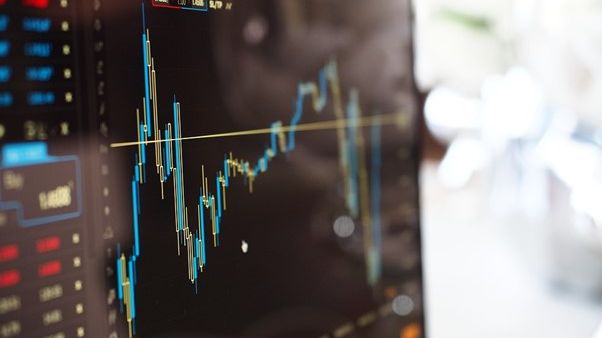Blog post -
2022 Finance Trends Review, and Outlook for 2023
Since the Covid epidemic, the global financial markets have been in disarray and pundits are finding it hard to make definitive statements about the future. In the US, Fed policy promises to make it better by first making it worse and the likely fallout is hard to quantify. We take a closer look at what happened in 2022 and what the outlook for 2023 looks like.

Prior to 2022
For investors, the period from the middle of 2020 to the end of 2021 was great. Although the market crashed when the Covid pandemic hit, stocks reached an encouraging high. Cryptocurrency attained new levels as more people started to grasp what the product entailed, and those on the sidelines saw others making massive amounts of income from it.
An interesting sideshow was the non-fungible tokens (NFT) market. Suddenly, digital art was selling for incredible millions of dollars. Although nobody could make a convincing case for NFT’s popularity, which many people saw as a weird kind of joke, albeit a profitable one for some sellers, somehow these virtual items became big and fetched unreal prices. The GameStop fiasco was another craze, with the little people collectively impacting this meme stock to the chagrin of the short sellers in 2021.
Overall, this was a crazy time. However, 2022 was to pull consumers up short as it ushered in a sober mood, which still prevails.
A Review of 2022
One of the low points for cryptocurrency was the arrest of Sam Bankman-Fried, the founder of FTX, for fraud in December last year. Coinbase is laying off employees after recently splurging millions on a single advertisement. Part of the crypto problem, according to some, is the failure of many of the smaller currencies. However, others caution about the risky nature of investing in the bigger cryptocurrencies like Bitcoin, which fell by a whopping 75% below its highest point.
The Nasdaq, Dow Jones, and the S&P 500 (key measure of equities performance) all underperformed and ended on a low. Mortgage interest rates kept rising, going from 6.42% to 6.58% in a single week at the end of December. Inflation is at its highest point in four decades.
Setting the Scene for 2023
During 2022, the housing market was doing well, due to a relatively low mortgage rate. This meant that more homes were under construction in this period. However, once it ended, there were fewer projects needing attention because of the downturn in housing demand caused by higher mortgage interest rates. The forecast made by some is that this will result in a loss of 400,000 jobs in the construction sector. In total across all industries, it is predicted that job losses will reach or exceed two million affected employees.
The Economic Forecast for 2023
The last ten or so years have been positive for the stock market. After a brief dip due to the Covid pandemic, they recovered well. Day trading became more popular with the man in the street. The Federal Reserve also provided generous backing to the market. Despite gains of 16% and 27% in 2020 and 2021, respectively, it has dipped in 2022. Time will tell how it performs in 2023.
The US trend that seems set for 2023 is characterized by inflation, tightening of fiscal policies, and a deceleration in economic growth. It is anticipated by economists that a mild recession will take hold, fuelled by higher interest rates that decrease expenditure and consumer demand for products and services. This is likely to be accompanied by unemployment rising above five percent. Without employees to cope with demand, supply will also slow down drastically.
The Federal Reserve Policy in 2023
The Federal Reserve has responded to the US economic crisis in 2022 and 2023 by upping interest rates. Unfortunately, the most likely outcome is a few million jobs lost and a recession looming on the horizon. As spending was down during the height of the Covid pandemic, US citizens have accumulated savings that are now rapidly dwindling in the current financial climate.
Predictions are that restrictions will continue throughout 2023 or until inflation returns to a manageable two percent. Salary inflation, currently standing at five percent, is part of the problem and the Federal Reserve is unlikely to take a softer stance until wage inflation decreases substantially. This is not likely until next year (2024). The Feds monthly $95 billion made up of treasuries and securities is set to last throughout the year and keep liquidity low as investors take advantage.
The overall summary of the US economy is that it took a dip when the Covid pandemic hit but recovered nicely from mid-2020 and into 2021. However, inflation has taken hold during 2022 and this trend is likely to last throughout 2023, with a possible light at the end of the tunnel only anticipated in 2024.


